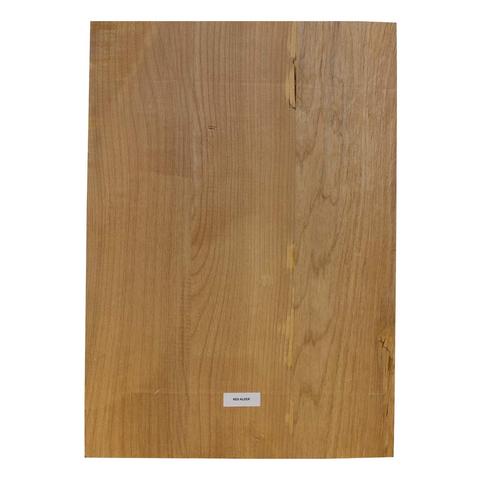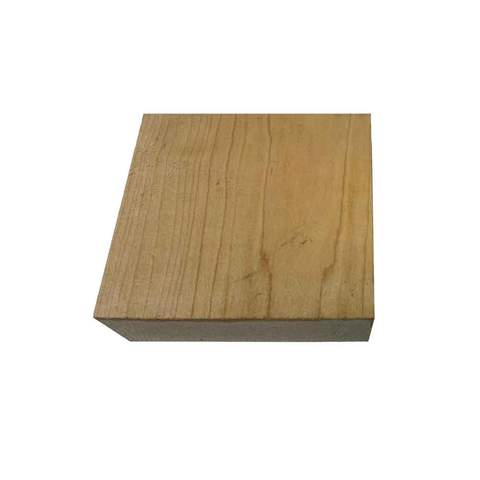Wood is one of the main variables in guitar tone and sound characteristics. The word "tonewood" is the specific wood used for guitar building, many of which have a special tone. Most guitars tonewood mixture to create a specific sound, while others stick to one guitar tone woods throughout the whole structure. It all relies on the tone of the luthier.
The guitar will have varied sound characteristics from different wood instruments. Some woods are lighter or more porous, whereas others are lighter or denser. The tree from which the wood is obtained also helps to vary the wood. If you utilize, for example, two blocks of wood carved out of the same tree, these two wood pieces might perhaps have distinct tonal characteristics.
Guitar Tone Woods: Guitar body blanks
Types of wood used as body blanks
Alder

From where? Europe, Russia, and northwest Africa
Why Alder? It is frequently stated that the tone of alder is the most equilibrated of the regular sounds. It has a nice balance between low, central, and high frequencies and offers a perfect sound. Due to its thick grain that makes it an excellent option of clarity, it has a strong upper midrange and may be regarded as being situated between dark and bright in tonal means.
Click here to buy Alder wooden guitar body blanks
Swamp ash

From where? Southern USA
Why Swamp Ash? Swamp ash tone resonates high over the whole frequency range. However, the center frequencies are somewhat scooped, resulting in a balanced yet bright and pleasant sound.
Click here to buy swamp ash wood guitar body blanks
Basswood

From where? USA Northern Great Lakes States.
Why Basswood? While there are four species with northern and southern variants, most of them utilized in the guitar building are Tilia Americana. This species has tighter, finer-grained plaques that make it excellent for processing.
Click here to buy Basswood guitar body blanks
Guitar fingerboards
Types of wood used as fingerboards
Maple

Maple fretboards are well recognized because they have a highly bright, overtone sound. The overtones are common due to the relatively tight kernels and pores in the maple. As a consequence, unlike rosewood and ebony, overtones are absorbed into the wood.
Click here to buy Maple guitar finger board blanks
Rosewood

In comparison with other materials, Rosewood is considered to have a particularly warm tone. As rosewood has oily pores, overtones tend to absorb, creating a warmer tone.
Click here to buy Rosewood guitar finger board blanks
Ebony

As far as the tone is concerned, ebony fingerboards are similar to maple since it generates a very brilliant sound. Ebony is a thick hardwood, which is why.
Click here to buy Ebony finger board blanks
Guitar neck blanks
Whether you are looking for your wooden guitar, a customized guitar for you, or just want to get the best guitar you can, the wood on your neck should not be neglected. Although the guitar's body and bridge may not be as essential as the tonal body and the fretboard material, they are a key component for the construction of the instrument. This is especially the case with the acoustics of a steel string where string tension may exert a lot of strain on the neck if incorrect materials are utilized.
Mahogany is the most often used wood instruments. It's thick but easy to cut and light. The American and the African Mahogany are both varieties of Mahoganies for acoustic guitar necks. Often, but not typically in acoustics, MAPLE is more used for electric guitars than Mahogany. Cedar is frequently created from nylon strings acoustically. Mahogany is generally tougher, more rigid, and stronger than Cedar, but the comparatively lesser stress produced by nylon cords does not require the strength of a nylon cord guitar. The acoustics of steel strings generally have a rod that runs through their necks. This gives extra strength to the string tension.

